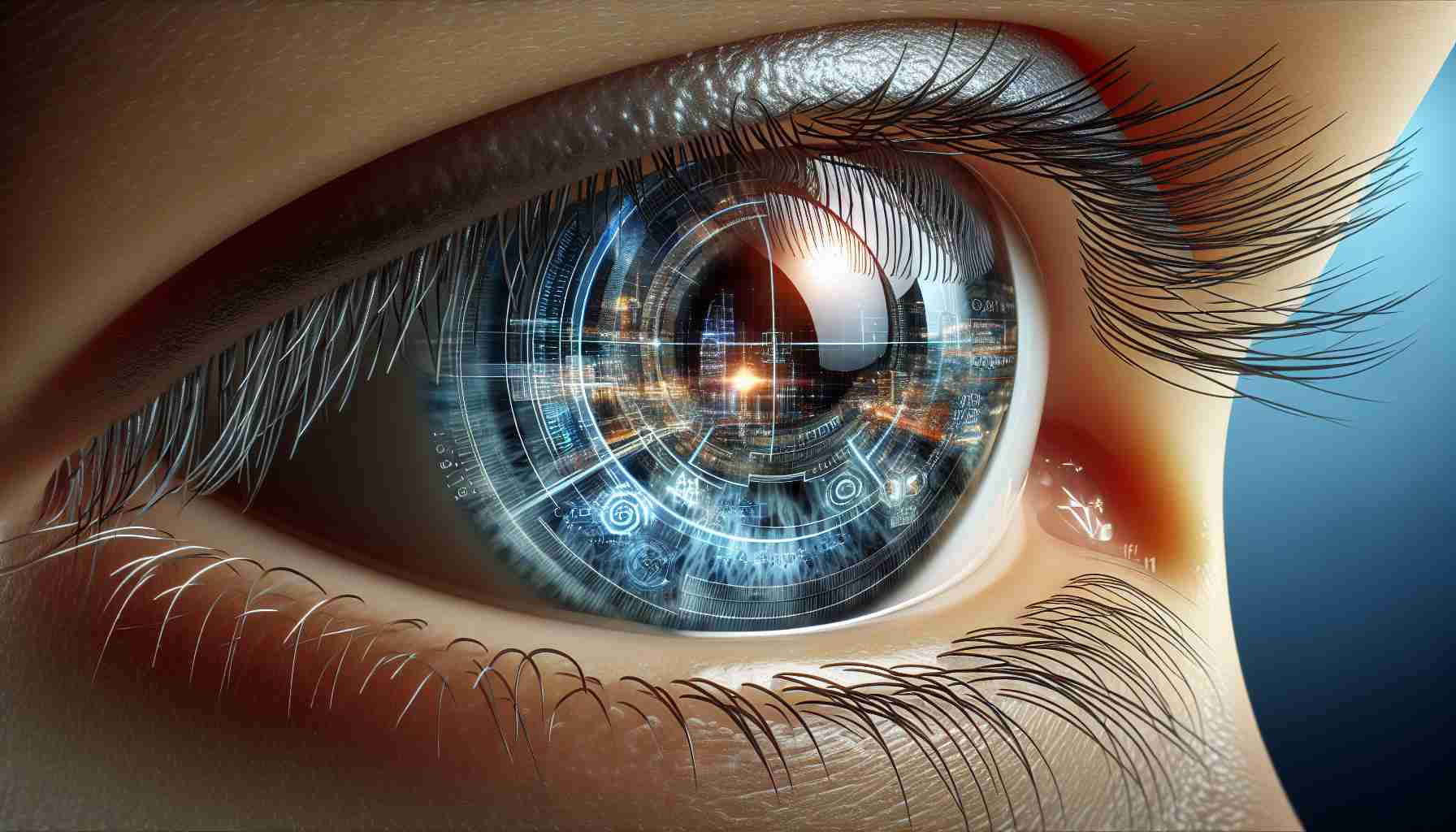Elon Musk has once again sparked excitement with a bold vision for the future: smartphones will soon be replaced by virtual reality contact lenses. This visionary statement came in response to a humorous tweet from a parody account, asking if Musk’s company, Neuralink, would enable controlling phones with mere thoughts. Musk’s unequivocal reply hinted at a future devoid of phones, with only Neuralink reigning supreme.
Neuralink, spearheaded by Musk, is pioneering neural interfaces that bridge the gap between the human brain and computers. The company made headlines earlier this year by successfully implanting a brain chip in a 29-year-old paralyzed man named Noland Arbaugh. This groundbreaking surgery enabled Arbaugh to resume playing chess, a passion he had to set aside after an accident eight years ago.
The Neuralink brain implant is a marvel of technology, featuring 64 flexible threads housing a total of 1,024 electrodes capable of decoding brain activity. These ultra-thin threads, thinner than a human hair, are delicately inserted into the brain using a proprietary surgical robot to pinpoint specific areas of interest, allowing for the recording and interpretation of electrical signals into desired actions by the patient.
While Musk remains bullish on the future role of brain chips, the initial reactions to the first implant have been a mix of fascination and trepidation. Concerns around safety and privacy linger, casting doubts on the widespread adoption of brain chip implants in the near future. Despite the challenges, the transformative potential of Neuralink’s technology in fields ranging from healthcare to human communication is undeniable.
Only time will reveal whether Musk’s vision will come to fruition. One thing is certain: the future of human-machine interaction promises to be astonishingly innovative and brimming with limitless possibilities.
Additional facts relevant to the rise of virtual reality contact lenses include:
– Virtual reality (VR) contact lenses are being developed by various companies and research institutions to create immersive and seamless virtual experiences without the need for bulky headsets.
– The concept of using contact lenses for augmented reality (AR) and VR applications is not new, but advancements in technology are bringing this idea closer to reality.
– Researchers are exploring the integration of advanced features such as eye tracking, haptic feedback, and wireless connectivity in VR contact lenses to enhance user experience.
Key questions:
1. How do virtual reality contact lenses differ from traditional VR headsets in terms of user experience and convenience?
2. What privacy and security concerns arise with the use of VR contact lenses, especially related to data collection and biometric information?
3. What technological challenges need to be addressed to make VR contact lenses a mainstream consumer product?
Advantages of virtual reality contact lenses:
– Greater portability and comfort compared to traditional VR headsets.
– Potential for more natural and intuitive interaction with virtual environments.
– Integration of health monitoring capabilities for a personalized user experience.
Disadvantages of virtual reality contact lenses:
– Concerns about the impact on eye health and potential vision problems with prolonged use.
– Dependence on batteries for power, leading to limitations in usage time.
– High cost of development and manufacturing, which may affect affordability for the general public.
Key challenges and controversies associated with virtual reality contact lenses:
– Ensuring the safety and comfort of wearing contact lenses for extended periods during VR experiences.
– Addressing regulatory hurdles related to medical device classification and consumer use of advanced technology in the eye area.
– Balancing the immersive nature of VR experiences with real-world awareness to prevent accidents and disorientation.
Suggested related link to the main domain for further information on virtual reality technologies:
Oculus
